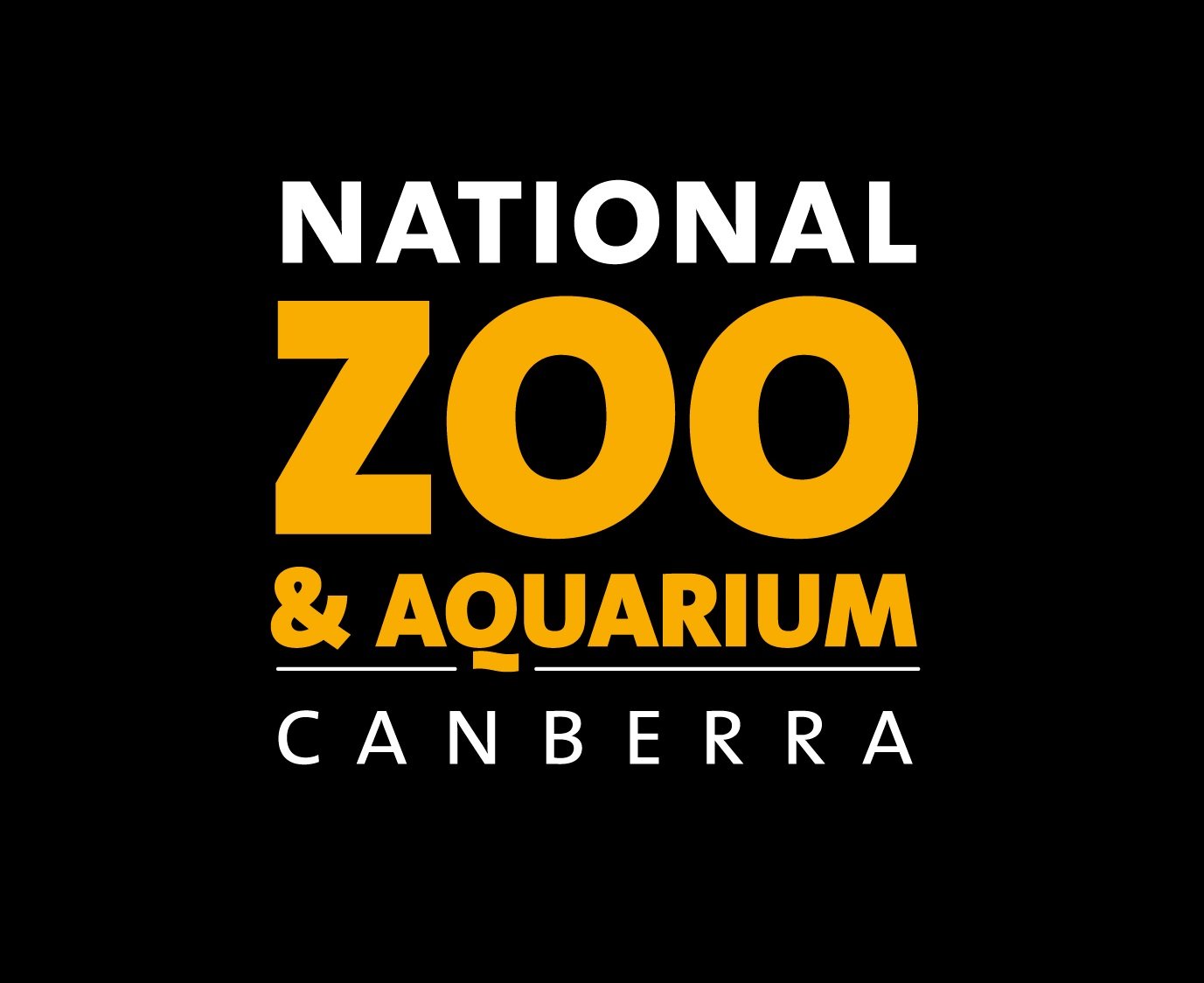Tasmanian Devil
Hi! I’m a Tasmanian Devil
The Tasmanian devil is the largest surviving marsupial carnivore. Native to Tasmania, they are often misunderstood to be vicious predators, but in reality they are non-territorial, shy, nocturnal creatures. The devil is capable of consuming the entire carcass of a mammal, bird, fish, crustacean or reptile – bones, fur, scales and all. They can consume a quarter of their own body weight in one sitting and store body fat in their short carrot shaped tail. Measuring 1500lbs per square inch, their jaw power is one of the strongest in the animal kingdom.
Tasmanian devils will mostly stay in their burrows or in dense bush during the day, only coming out at night to hunt. The whiskers on their face and front legs allow a devil to feel its way in the dark. Their five-toed forefeet do not have especially large claws, but despite this they are competent climbers who can dig well and manipulate food with their forepaws.
Since the mid 1990’s a mysterious facial tumour has been spreading through the species in the wild, resulting in a 64% decline in spotlight sightings since the disease emerged. The Save the Tasmanian Devil Program (STTDP), managed through partnerships with zoos and wildlife parks, is aimed at ensuring the continued existence of these animals. These captive breeding programs may provide the Devil’s only hope for survival.
The National Zoo and Aquarium is home to 3 Tasmanian devils, Kiara, Manchester, and AC.
Tasmanian Devil Facts
Taxonomy
Sarcophilus harrisii
Population Movement
Decreasing
Current Animals
AC, Manchester, Kiara
Life Span (captive)
Up to 8 years.
Weight
4kg to 14kg
Reproduction
Devils mate once a year. The female will give birth to more than 20 rice-grain sized young however these young then race to secure 1 of only 4 teats in the mothers pouch with remaining young not surviving. The remaining young continue to develop in the pouch for approx. 4 months before being left in the den, or hollow log, until they are fully weaned at 5-6 months.
Conservation Status
Endangered
Group Count
3
Life Span (wild)
5-6 years
Size
about 30cm tall
Gestation
21 days
Distribution
Tasmania

